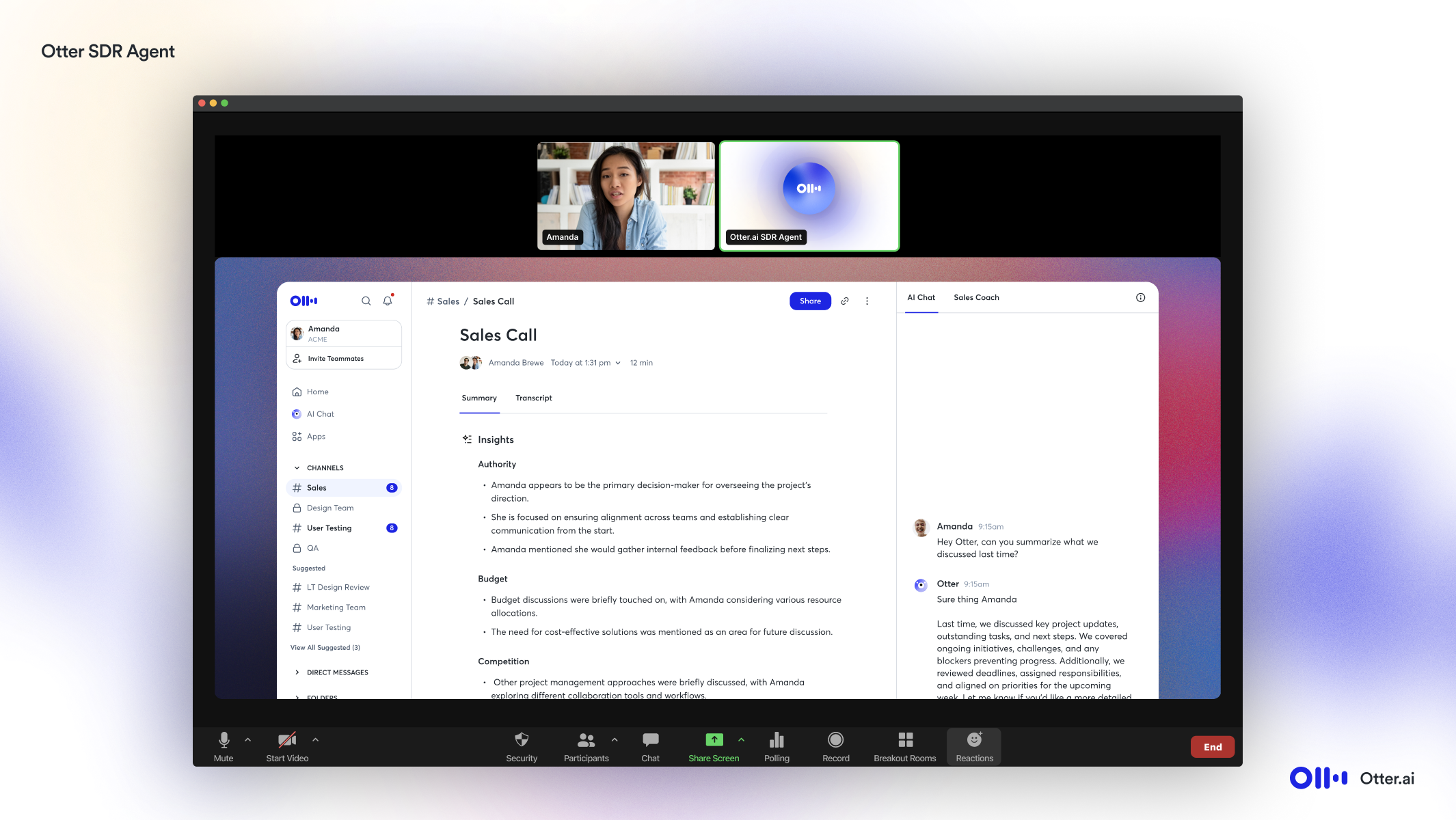Everyone loves a vacation. But it takes planning. Without a clear itinerary, you risk losing out on fun attractions, underpacking, or — worse — missing your flight.
Meeting cadence works the same way. It’s a schedule of recurring meetings that keeps your team aligned and on track. Think of it as the map that outlines when to show up and what to prepare for so there are no missed turns along the way.
Here’s how to schedule team meetups effectively. Whether you're managing daily scrum meetings or quarterly strategy reviews, learn how to fill your calendar with discussions that drive progress forward — and how often to do it.
What’s the meaning of meeting cadence?
Meeting cadence in business refers to the frequency your team holds recurring meetings. Regular conversations provide consistent opportunities for team members to plan ahead and check in, leading to more successful projects.
The right meeting cadence creates a structured, predictable rhythm that supports productivity, problem-solving, and teamwork. Too many meetings can make team members feel micromanaged, sighing each time a new invite pops up. And too few can steer team members into chaos and guesswork. A thoughtful cadence strikes the perfect balance, keeping things organized without crowding calendars.
5 benefits of meeting management
Nail your cadence and you’ll turn “another meeting” into a tool that drives success. Here are some more benefits:
- Team productivity: A well-planned meeting cadence means you spend time wisely, allowing team members to focus on their work without unnecessary interruptions.
- Clear communication: Regularly scheduled meetings keep everyone on the same page, communicating goals and expectations more effectively. Likewise, scheduling sets expectations, letting everyone know what they need to get done.
- Reduced meeting fatigue: “That could have been an email” isn’t a joke — it’s a warning sign. Excessive or poorly timed meetings push team members to the brink of burnout. A thoughtful schedule keeps things purposeful and nurtures engagement.
- Better decision-making: A strategic meeting cadence gives team members the opportunity to address critical decisions as they evolve.
- Clearer project tracking: Regular meetings help team members assess progress regularly, address roadblocks, and make adjustments in real time. For complex or high-stakes projects, frequent check-ins make sure nothing slips through the cracks.
Types of meetings and their cadence
Project managers, executives, and individual teams don’t need to reinvent the wheel — or the calendar app. Every meeting type serves a specific purpose, which dictates how frequently you meet. The trick is to match meeting cadence with the urgency and complexity of the work without overloading your team members’ workday.
Here are some meeting cadence examples:
Daily scrum meetings or stand-ups
Like a shot of morning espresso, scrum meetings are short, sharp, and energizing. These 15-minute daily check-ins keep everyone focused on what's ahead.
Daily stand-ups are common in fast-paced, team-driven work environments like software development and other project-based work. These syncs resolve bumps in the road before they snowball into major setbacks.
Weekly meeting cadence
Regular weekly meetups are common for managerial and operational teams to keep their teams productive. Weekly meeting agendas typically include space for the leadership team to cover updates on important action items, share progress, and address lingering challenges.
Bi-weekly meeting cadence
Teams that focus on individual work with little collaboration benefit from less frequent communication. Bi-weekly schedules create opportunities to gather and maintain a strong team dynamic, even if significant updates aren’t necessary.
Quarterly meeting cadence
Perfect for zooming out even further, quarterly meetings are ideal for setting or reviewing long-term goals. This schedule acts like a reset button every three months so teams align on priorities, resources, and challenges. They’re common for executives and cross-functional teams that need strategic planning and review.
Board meetings
Depending on each organization's size and mission, leadership teams may meet monthly, quarterly, or annually. This is an opportunity to brainstorm strategic decisions and approve key initiatives.
One-on-ones
Tailored for individual growth, one-on-ones are an opportunity to discuss performance, build trust, and foster better communication between managers and their direct employees. Whether they happen weekly, bi-weekly, monthly, or annually depends on individual goals. For example, mentoring might require weekly communication, whereas performance reviews could happen annually.
How to select a meeting cadence: 7 tips
Although certain meeting types follow a structured schedule, you don’t have to copy what other teams do. The right meeting cadence leads to purposeful, timely, and goal-oriented communication.
Here’s how to build a schedule that keeps everyone on track:
1. Define your goals
Like any other work task, start by understanding what you want to accomplish. Is the goal to solve daily challenges, check in on general progress, or brainstorm long-term objectives? The clearer the finish line, the easier it is to pick the correct meeting frequency. Start meetings by establishing a purpose to ensure every meeting delivers value.
2. Consider your team’s size and structure
Large, remote teams might need more frequent communication to stay aligned. Small, tightly knit teams can often get by with a less frequent meeting cadence because other conversations fill the gaps.
3. Don’t forget about time zones
Consider how different time zones impact team availability. Frequent meetings during inconvenient hours can quickly become frustrating or unmanageable for attendees on the other side of the globe.
4. Match meeting cadence with workflow
Tie your meeting cadence to your team’s work cycles. Daily stand-ups work well during sprint cycles, weekly meetings are great for regular status updates, and quarterly sessions suit big-picture planning.
5. Plan your agenda ahead of time
A thoughtful meeting agenda helps you run meetings more efficiently. Likewise, brainstorming conversation topics might reveal that asynchronous communication or an email can communicate goals more effectively.
6. Ask for team input
Don’t assume you know what meeting cadence works best. Ask your team members. They may suggest more frequent meetings based on the complexity of their workload or share preferences about asynchronous communication, like Slack messages for quick updates.
7. Use technology to boost efficiency
Tools like Otter.ai transcribe and summarize meetups, whittling down the conversation into key points, action items, and next steps. Plus, Otter’s meeting notes are shareable — meaning team members can review discussions when they want to instead of scheduling disruptive follow-ups.
Improve team meetings by capturing every detail with Otter.ai
Now that you’re ready to set your meeting cadence, boost your discussions with an AI-powered meeting assistant.
Otter is revolutionizing AI at work as the first AI meeting assistant that auto-joins, auto-shares, and auto-summarizes meetings. AI-powered meeting assistants are becoming standard in most enterprise settings, saving professionals and teams an average of 4 hours a week and increasing productivity by automatically generating action items, summaries, and follow-up emails. Plus, team members can join conversations and collaborate on meeting notes in real time from anywhere.
Try Otter and see the difference. Schedule a demo today.





















